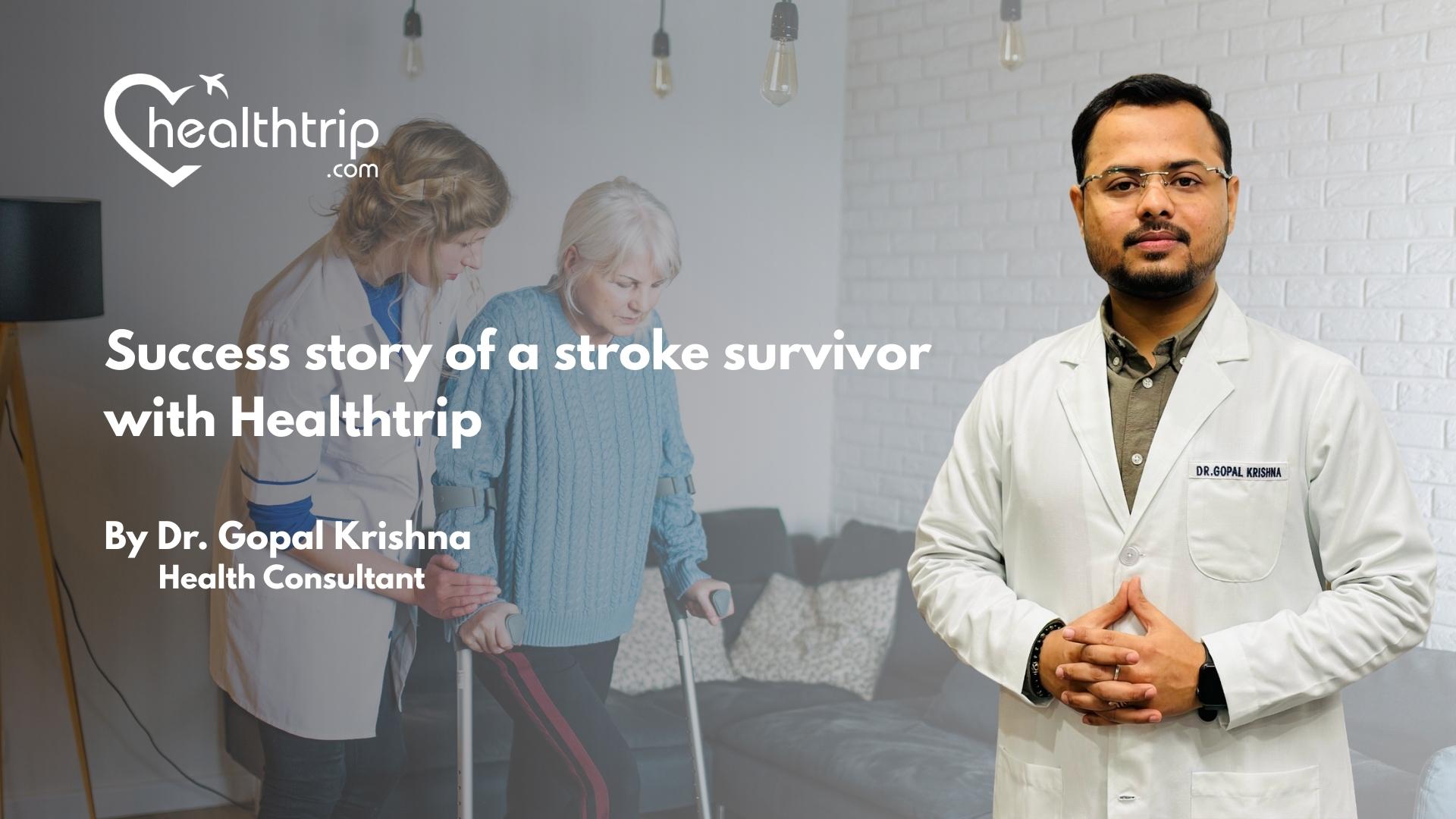Packages starting from
Need help in choosing the right package for your medical trip?
Your Health data is protected with us

Transforming Lives with Stroke Rehabilitation
Stroke rehabilitation is a comprehensive medical program aimed at helping stroke survivors regain as much function and independence as possible while improving their overall quality of life. The extent of rehabilitation depends on the severity and type of stroke, the part of the brain affected, and the patient’s overall health.
Stroke often results in impairments in movement, speech, cognition, and emotional well-being. Rehabilitation typically begins in the hospital as soon as the patient is medically stable and continues in various settings such as inpatient rehabilitation facilities, outpatient centers, or at home.
The rehab process involves a multidisciplinary team of healthcare professionals, including neurologists, physiatrists (rehabilitation doctors), physical therapists, occupational therapists, speech-language pathologists, and mental health professionals. The goal is to tailor the treatment to the patient’s specific needs to facilitate neural recovery and promote new learning through neuroplasticity.
5.0
95% Rated Value for Money
Benefits Of Stroke Rehabilitation
Enhances mobility and strength in affected limbs
-
Improves communication and cognitive function
-
Increases independence in daily living activities
-
Reduces the risk of complications such as falls or bedsores
-
Enhances emotional well-being and confidence
-
Encourages reintegration into the community and workforce
Why Choose us?
95%
Success Rate
0
Stroke Rehabilitation Surgeons
0
Stroke Rehabilitation
0
Hospitals Around the world
1+
Lives touched
Overview
Stroke rehabilitation is a comprehensive medical program aimed at helping stroke survivors regain as much function and independence as possible while improving their overall quality of life. The extent of rehabilitation depends on the severity and type of stroke, the part of the brain affected, and the patient’s overall health.
Stroke often results in impairments in movement, speech, cognition, and emotional well-being. Rehabilitation typically begins in the hospital as soon as the patient is medically stable and continues in various settings such as inpatient rehabilitation facilities, outpatient centers, or at home.
The rehab process involves a multidisciplinary team of healthcare professionals, including neurologists, physiatrists (rehabilitation doctors), physical therapists, occupational therapists, speech-language pathologists, and mental health professionals. The goal is to tailor the treatment to the patient’s specific needs to facilitate neural recovery and promote new learning through neuroplasticity.
Symptoms
Weakness or paralysis (often on one side of the body)
-
Speech and language difficulties (aphasia)
-
Swallowing issues (dysphagia)
-
Cognitive deficits (memory, attention, problem-solving)
-
Emotional and behavioral changes (depression, anxiety)
-
Coordination and balance problems
Causes
Ischemic stroke (caused by a blood clot blocking a vessel in the brain)
-
Hemorrhagic stroke (caused by bleeding in the brain)
-
Transient ischemic attack (mini-stroke)
-
High blood pressure (chronic hypertension)
-
Atrial fibrillation or other cardiac conditions
-
Smoking, diabetes, and high cholesterol
The typical steps involved in Stroke Rehabilitation
1. Initial Assessment
-
Neurological evaluation and functional assessment by the rehab team.
2. Customized Rehab Plan
-
Development of an individualized plan based on deficits and goals.
3. Therapeutic Interventions
-
Physical Therapy: Exercises to improve strength, balance, and mobility.
-
Occupational Therapy: Training in daily activities such as dressing, bathing, and eating.
-
Speech Therapy: Techniques to improve speech, communication, and swallowing.
-
Neuropsychology: Counseling and cognitive rehabilitation.
4. Assistive Devices
-
Use of wheelchairs, walkers, braces, or communication aids as needed.
5. Ongoing Monitoring and Adjustments
-
Regular re-evaluations to adapt the rehab plan as the patient progresses.
















